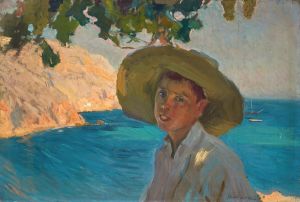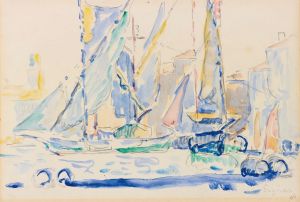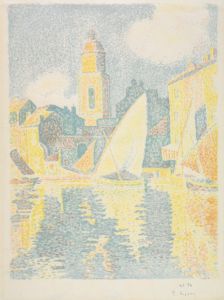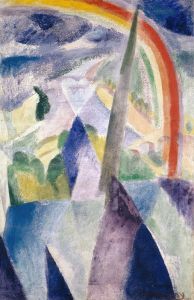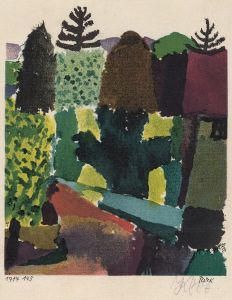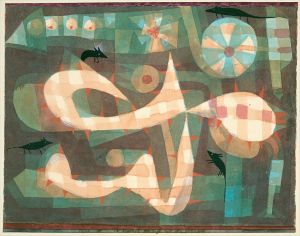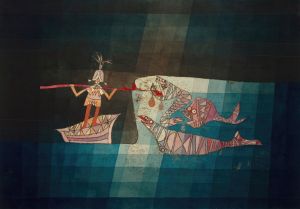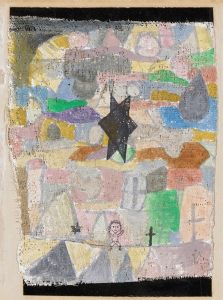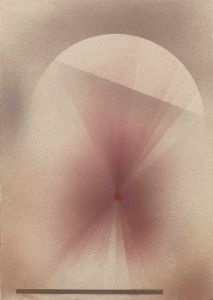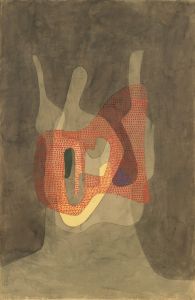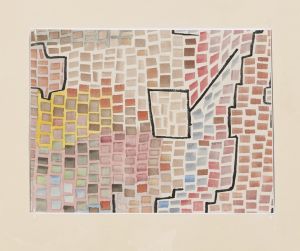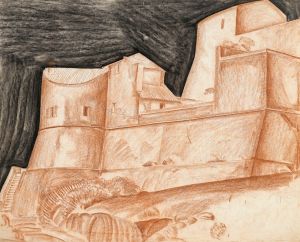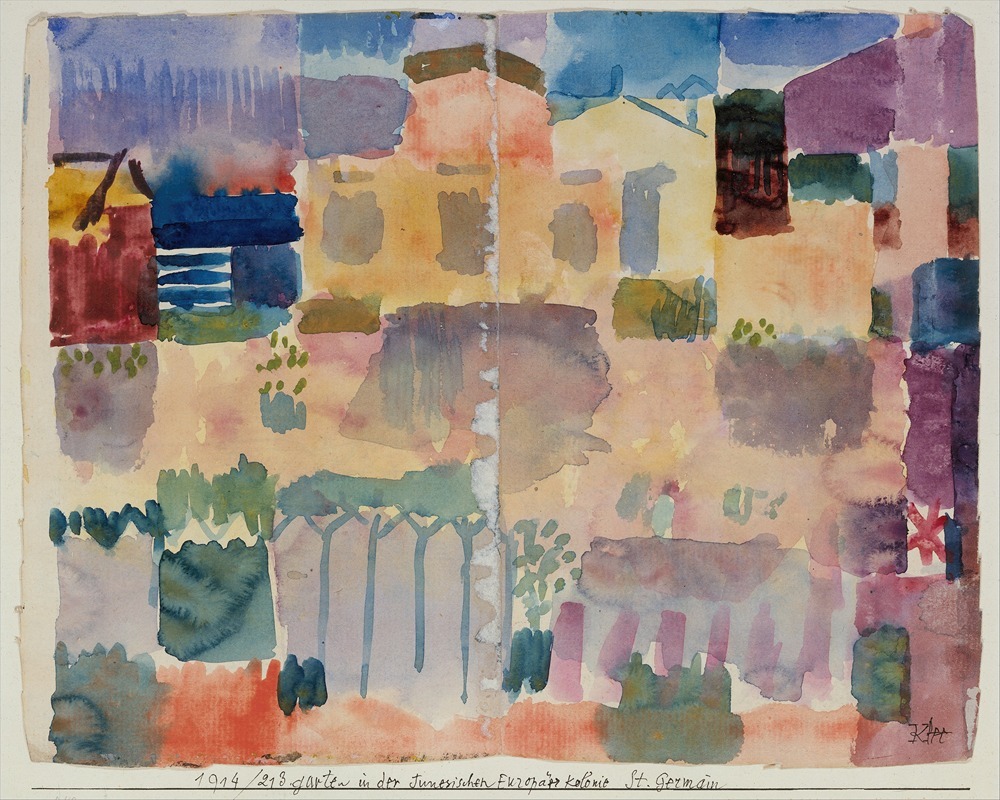
Garden in St. Germain, The European Quarter Near Tunis
A hand-painted replica of Paul Klee’s masterpiece Garden in St. Germain, The European Quarter Near Tunis, meticulously crafted by professional artists to capture the true essence of the original. Each piece is created with museum-quality canvas and rare mineral pigments, carefully painted by experienced artists with delicate brushstrokes and rich, layered colors to perfectly recreate the texture of the original artwork. Unlike machine-printed reproductions, this hand-painted version brings the painting to life, infused with the artist’s emotions and skill in every stroke. Whether for personal collection or home decoration, it instantly elevates the artistic atmosphere of any space.
Paul Klee's painting Garden in St. Germain, The European Quarter Near Tunis is a work created during the artist's influential journey to Tunisia in 1914. This trip marked a pivotal moment in Klee's artistic development, as he became deeply inspired by the vibrant colors, light, and landscapes of the region. The painting reflects Klee's growing interest in abstraction and his exploration of color theory, which would become central to his later works.
The title of the painting suggests a specific location in Tunis, referencing the European Quarter near St. Germain. During the early 20th century, Tunisia was a French protectorate, and the European Quarter was a part of Tunis where colonial influences were prominent. Klee's depiction of this area, however, is not a literal representation but rather an abstract interpretation, characteristic of his style. The painting combines geometric forms, rhythmic patterns, and a harmonious palette, showcasing Klee's ability to distill the essence of a scene into a poetic visual language.
Klee's time in Tunisia was transformative, as he famously wrote in his diary, "Color has taken possession of me; no longer do I have to chase after it. I know that it has hold of me forever." This statement underscores the profound impact of the Tunisian landscape on his artistic vision. The works he created during and after this trip, including Garden in St. Germain, The European Quarter Near Tunis, demonstrate his shift toward a more abstract and color-focused approach.
The painting is part of Klee's broader body of work that bridges the realms of abstraction and representation. It reflects his interest in combining elements of nature, architecture, and human activity into a unified composition. While specific details about the painting's current location or provenance are not widely documented, it remains an example of Klee's innovative approach to modern art.
As with many of Klee's works, Garden in St. Germain, The European Quarter Near Tunis invites viewers to engage with its layered meanings and to appreciate the interplay of form, color, and emotion. It stands as a testament to the artist's ability to transform his experiences into timeless and evocative visual expressions.





